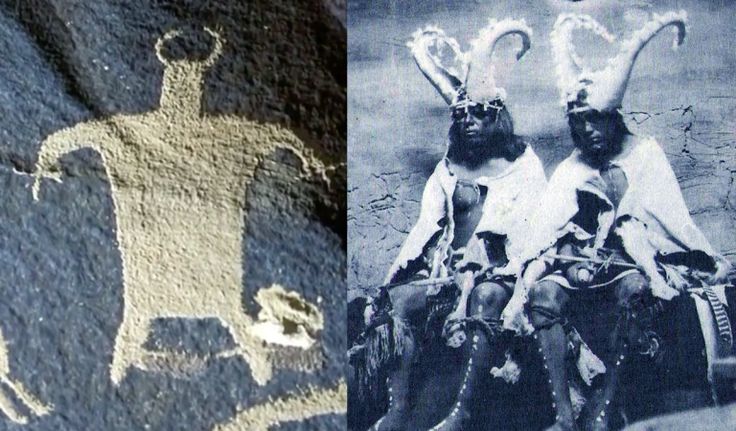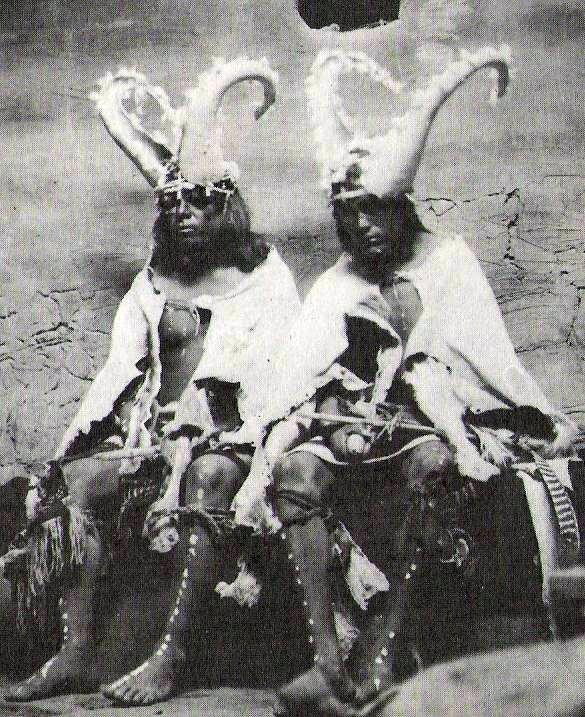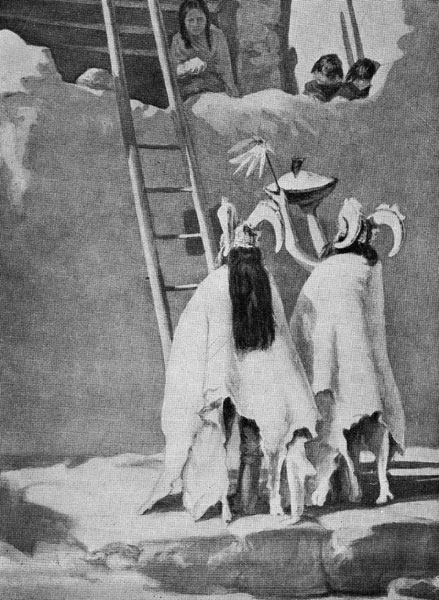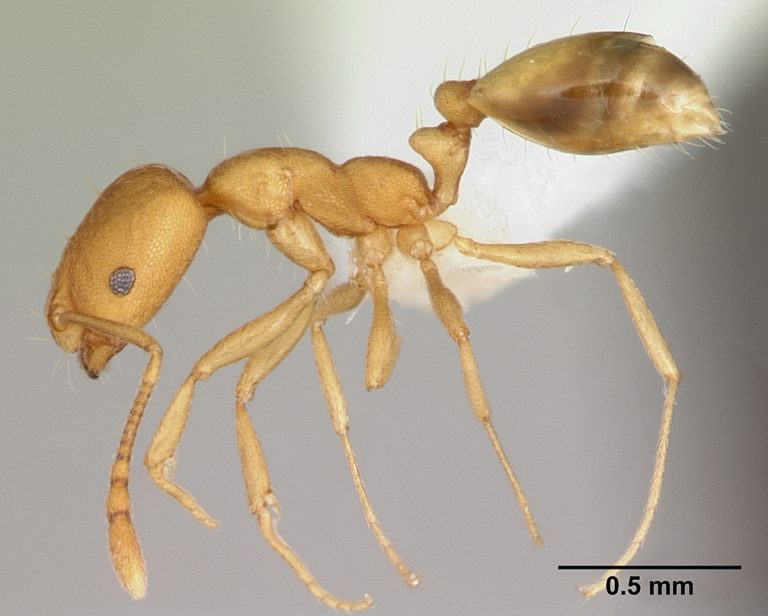The Ant People legend of the Hopi Native Americans and connections to the Anunnaki

The Ant People legend of the Hopi Native Americans and connections to the Anunnaki
The more you look at ancient texts and stories from around the world, you can’t help but see surprising patterns. Some are so glaring that it takes real effort to ignore them, but that’s what many people do. One example is from the Hopi Native American tribe and their beliefs in “Ant People.” The Hopi of the American Southwest is sometimes referred to as “the oldest of people” by other Native American tribes.
Once you learn about the Ant People, you can’t help but compare them to the ancient Sumerian texts of the Anunnaki. Why? Let’s take a simplified look, respecting the truth that only members of the Hope tribe could fully explain.
In ancient cultures, there is a common thread of worshipping extraterrestrial beings from the stars who will one day return. Animals symbolic of these beliefs appear frequently in ancient art.
The Hopi have a reverence for ants, similar to the way the Egyptians Sumerians and other cultures had a special reverence for cows. The cows may have represented our Milky Way galaxy, and in the case of the ants, they described beings from the stars known as the Ant People.
The Hopi words for the Ant People or Ant Friends (Anu Sinom) create a direct link to the stories of the Anunnaki. It could be coincidental, but it is quite striking. The Babylonian sky god was named Anu, which is the Hopi word for ant. The word, Naki translates to “friends.” Thus, Anu-Naki translates to “ant friends” in Hopi. In both languages, they are describing extraterrestrial beings, but the Hopi say these Ant People came from under the ground.
Another strikingly similar word is the Hopi word Sohu, meaning “star,” and the Egyptian word sahu means “stars of Orion.” This constellation is seen repeatedly across the globe. Ancient Astronaut theorists observe Orion and other systems such as the Pleiades appearing over and over in the layout of the pyramids and ancient structures. Another coincidence?
In the Hopi legend, these Ant People were their saviours, taking them underground and teaching them how to survive two extreme cataclysms. Once again, we see stories of a great flood like that described in Sumerian texts and the Bible.
Surviving underground with the Ant People, the Hopi ancestors learned how to grow food with little water and build dwellings in the rocks. They learned about the stars and mathematics and would put those skills to use when they founded a new civilization.
When it was safe to return to the surface, the Ant People instructed the building of incredibly complex habitations such as what is seen today at Chaco Canyon. From above, they might appear like a giant ant mound. The structures included Kivas, a Hopi word for round semi-subterranean ceremonial rooms that were entered by ladders from above.
According to the National Park Service:
“During ceremonies today, the ritual emergence of participants from the kiva into the plaza above represents the original emergence by Puebloan groups from the underworld into the current world.”
Petroglyphs depicting the Ant People appear still appear today, and the Hopi continue to tell the story in dances and rituals.
Below are some intriguing images of Hopi ceremonies taking place inside the kivas.


Ancient Origins elaborates on the legend:
“One of the most intriguing Hopi legends involves the Ant People, who were crucial to the survival of the Hopi—not just once but twice. The so-called “First World” (or world-age) was apparently destroyed by fire—possibly some sort of volcanism, asteroid strike, or coronal mass ejection from the sun. The Second World was destroyed by ice—Ice Age glaciers or a pole shift. During these two global cataclysms, the virtuous members of the Hopi tribe were guided by an odd-shaped cloud during the day and a moving star at night that led them to the sky god named Sotuknang, who finally took them to the Ant People—in Hopi, Anu Sinom . The Ant People then escorted the Hopi into subterranean caves where they found refuge and sustenance.”
Stories that giants and other strange beings have lived deep inside the Earth are seen around the globe. In the Hopi legend, these beings were benevolent and helped the tribe even to their own detriment.
“In this legend, the Ant People are portrayed as generous and industrious, giving the Hopi food when supplies ran short and teaching them the merits of food storage. In fact, another legend says that the reason why the ants have such thin waists today is because they once deprived themselves of provisions in order to feed the Hopi.”
The thin waisted ants with their elongated heads and antennae resemble some of the ancient petroglyphs. Across the globe, an African species of Ant called the Pharaoh Ant to remind some of a tiny version of Pharoah Akhenaten, famous for his strange alien appearance.

The History Channel’s Ancient Aliens series covers this subject in Series 4, episode 9 (See a clip below). In addition to depictions of the Ant, People are wall paintings that show an unmistakable similarity to cuneiform symbols from ancient Sumeria. These symbols are associated with the “WingMakers,” according to the show.
Just as in ancient Egypt, there were matriarchal dynasties, DNA findings from Chaco Canyon show a possible maternal dynasty that ruled for hundreds of years between A.D. 800 and 1250. Scientific American published a story on this in 2017 after researchers examined the remains of 14 people found a burial crypt that ended up at the American Museum of Natural History in New York.
The Chaco Canyon settlement had thousands of Anasazi inhabitants, who believed in protecting Mother Earth. However, the ancient Puebloans mysteriously disappeared, along with any signs of the Ant People. Today researchers believe that climate change drove them away as the growing population couldn’t sustain itself.
The Anasazi integrated with tribes like the Hopi, Zuni, and Rio Grande Pueblo. As the modern world faces extreme challenges from climate change today, the teachings of these tribes are more important than ever. Can we learn to respect the natural world and live in harmony with Mother Earth? Or are we headed for inevitable disasters, like those described in the Hopi legends?
Ancient Astronaut theorists often speculate if extraterrestrial beings could play a part in helping humans overcome impending future disasters. In the case of the Hopi legends, it appears they did just that. Could the Ant People return from deep in the Earth or from their home in the stars in our time of need?